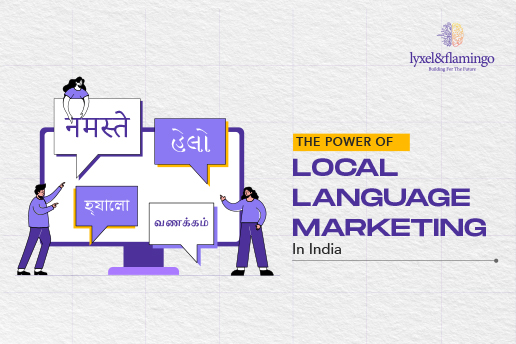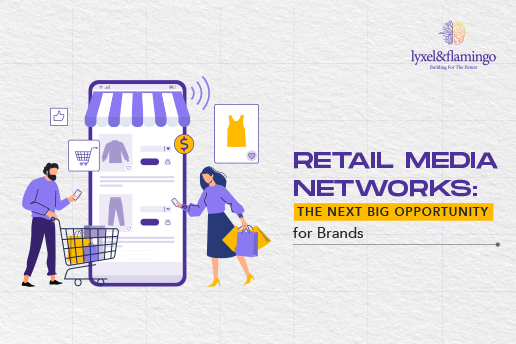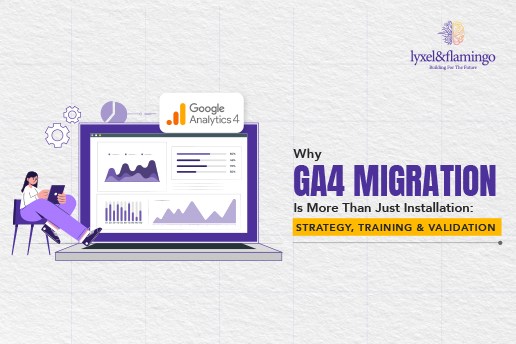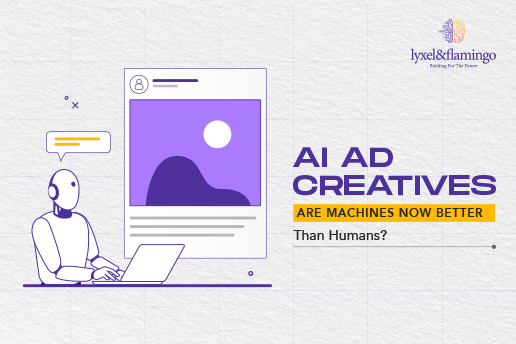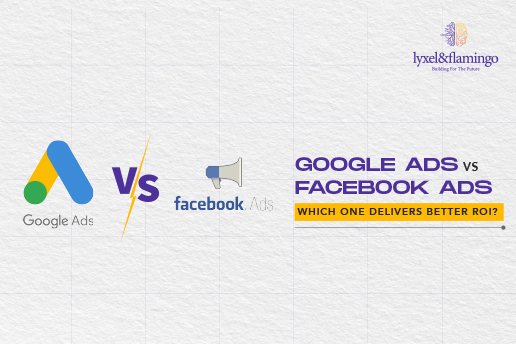Google often brings many changes in its search algorithms and updates the Google Ads platform and its features on a regular basis. And every time it brings a significant update, it literally brings havoc in the ad and SEO community.
Now, Google doesn’t bring the changes to make your and every marketer’s lives difficult. One of the biggest reasons for these changes is to make Google Ads more accessible and easy to use while increasing the reach and effectiveness of the ads.
And the other reason – of course, it’s because Google wants advertisers to spend more money on their ad networks. After all, that’s how Google makes money.
So, you must pay attention to the new Google Ads trends. Because if you are left behind, you will never be able to beat your competitors and bring a solid ROAS for your clients and your business. And in this blog, we will show you the top Google Ads trends that you should pay attention to in 2024.
Let’s get started!
Performance Max Campaigns
Most Google Ads campaigns you have ever run have some kind of targeting options that you could define. You could choose a set of keywords you wanted to target, or you could define where you wanted your ads to show up.
These tactics don’t really have any significant flaws, and experienced marketers actually prefer these strategies. However, that might not be the case for people who are new to Google Ads, like small business owners. They often find it hard to use the targeting options efficiently, losing them tons of money.
That’s why Google tried to create an advertisement system where users can enjoy a completely automated ad experience. This way, Google can take care of almost every aspect of advertising, giving the advertisers more free time to focus on their business.
So, in May 2021, Google introduced a new type of ad campaign known as Performance Max. This campaign type allows you to create new Google ads with little human input. In Performance Max, your only job is to provide the following info to get the campaign up and running:
- Campaign objectives – for example, ROAS or CPA
- Campaign budget
- The ad creatives
- Bidding strategy
- The campaign’s target location, language, and schedule
In PMAX campaigns, Google can also use the audience signals provided by the marketers to either create a remarketing list or a custom audience. It allows the PMAX campaign to show the ads to an audience that has a higher chance of a conversion.
Because of this, advertisers can meet their campaign objectives more efficiently. It makes increasing campaign reach and conversion value way easier than usual keyword-based Google search ads. Plus, PMAX campaigns allow marketers to show their ads to all Google platforms like YouTube, Display, Maps, Search, Gmail, and Discover.
While it’s not an ideal solution for marketers who like to control every single detail of their ad campaigns, it’s perfect for people who have little idea of how Google ads work.
PMAX campaign is still new in the ads market, and it’s hard to say how it will fare in the future. However, this new Google ads trend is here to stay, and it will bring new changes to the advertising landscape.
Product Feeds for Video Action Campaigns
Do you often promote e-commerce businesses using video ads? If so, then you will be happy to learn that you can now add product feeds to the Google video action campaigns.
Let us show you how it works. For example, if a YouTube user sees one of your product’s video ads, YouTube will show the user a panel filled with your business’s products. If the user likes any of the products or is curious about them, he/she can click on a product from the panel.
After that, the user will be redirected straight to the e-commerce site’s product page for the selected item. As a result, e-commerce marketers can reduce conversion time, improve sales, and generate more revenue.
Target ROAS Bidding Strategy for Video Action and Discovery Ads
Google Ads offers multiple bidding strategies for different kinds of Google ad campaigns. Rather than making bids based on conversion rates, Target ROAS allows you to make bids based on predicted average conversion values.
Up until now, target ROAS bidding was available for all types of Google Ads campaigns except for the Video Action and Discovery ads. But this Google Ads trend is about to change now. Google has recently announced that they will bring the target ROAS bidding strategy to the video action and discovery ads campaigns soon.
Your campaigns must fulfill two specific requirements to use the target ROAS bidding:
- You must set a value for every conversion you are currently tracking. To do that, you can use the average ROAS from the Google Ads campaigns that are already running.
- Your video action campaigns must generate a minimum of 15 conversions in the last 30 days. As for the Discovery ad campaigns, they must generate at least 75 conversions over the previous 30 days. Additionally, at least 10 of these 75 conversions must have occurred within the last seven days.
To ensure that you have gathered the required data to make the target ROAS bidding strategy work, Google recommends that marketers should spend at least twice the amount of their average daily budget.
Conversion Modeling Using Consent Mode
The introduction of the GDPR or General Data Protection Regulation made many businesses and website owners develop and adopt more robust data privacy policies. And Google is no exception to this rule.
Because of this, Google introduced a Consent Mode in September 2020. It’s a unique method that adjusts how the Google tags behave, depending on the status of the consent of the visitors of any website on the internet. Even though the primary goal of the Consent Mode is to make Google GDPR compliant, it poses a new set of challenges for marketers, especially those who rely on Google Ads.
Let’s see what Google says about the challenges related to the Consent Mode:
“If a website visitor doesn’t consent to ads or analytics cookies, the Consent Mode will adjust the relevant Google tags in a way that they won’t read or write cookies for analytics and advertisement purposes. Without the aid of these cookies, marketers experience a gap in their performance measurements and lose the visibility of the users’ paths on their websites. It makes marketers unable to directly relate the users’ ad interactions with the conversions.”
To solve this problem, Google took special measures in April 2021 and announced Conversion Modeling for its Consent Mode. With Conversion Modeling, marketers can finally recover the attribution path between the ad clicks and conversions.
According to Google, this new Consent Mode feature enabled marketers to recover over 70% of all unconsented ad-click-to-conversion journeys. This is a perfect feature for Google Ads users who target the European economic area and the UK, as they are required to comply with GDPR and use Consent Mode.
Shopify Integration
Shopify has become one of the world’s largest e-commerce and marketing platforms in recent years. In fact, according to a January 2022 report, Shopify hosts 2.6+ million online stores all around the globe, witnessing a sharp 200% rise from March 2020.
Google took notice of this fact. And that’s precisely why it has introduced Shopify Integration to the Google Ads platform.
Thanks to this new Google Ads trend, the Shopping Graph will now bring in data like product price, videos, and info from Google platforms. It will show the online shoppers where they can get the product they are looking for, which merchant is offering the lowest price for the products, product reviews, and more.
On Google’s shopping tab, you can already promote products for free. Due to this, every merchant can now show their ads on all Google properties thanks to the Shopify Integration.
Enhanced Conversions
Enhanced Conversions is yet another new Google Ads trend that can help you improve conversion attribution modeling. This feature collects the consented first-party data from your customers (like email ID, name, address, etc.), uses the SHA256 to hash it, and sends it by utilizing the conversion tags.
Google can even match this conversion data using the signed-in Google accounts and attribute it to different types of ad events like views and clicks. According to Google’s statement, they will only report anonymized and aggregated conversions.
You can use Google Tag Manager or Global site tags to set Enhanced Conversions manually.
Image Extensions
Currently, users of Google Ads can only create search ads using text, which makes them look a bit dated compared to ads on Facebook and YouTube. Nevertheless, this changed in July 2020 when Google introduced a beta program for the display of image extensions in search ads.
Similar to text-based search ads, the users can click on the images that show up with the search ads to go to the specific landing pages. And the cost is the same as the text-based ads with no hidden charges.
As long as the images meet Google’s strict format requirements, you can upload as many as 20 images for every relevant keyword you use for bidding. However, before you can use the images, you must wait for Google to approve them.
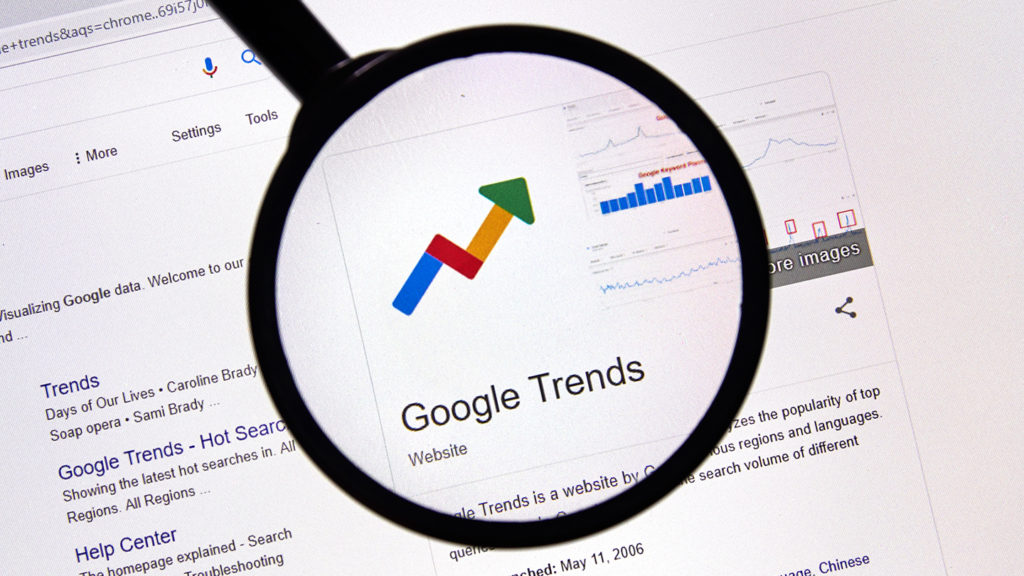
Wrapping It Up
Google Ads trends that we have mentioned in this article are either already popular and running well or will show up at some point this year. But the number of Google Ads trends is not limited to the ones we have mentioned here.
It’s your responsibility as a marketer to stay alert and prepared to deal with any upcoming ad trends. Only by doing that and constantly updating your knowledge can you stay afloat in this ever-changing advertising market.
